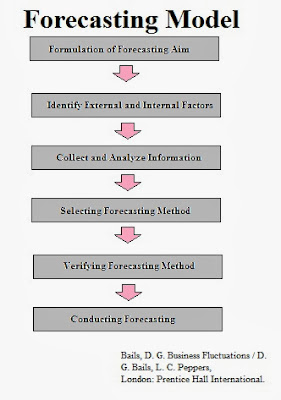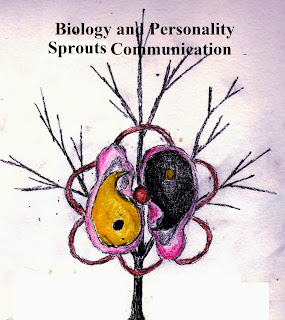Built to
Last-Successful Habits of Visionary Companies by Jim Collins and Jerry Porras delves
into the success of Eighteen companies. The project was started at Stanford
University Graduate School of Business and analyzed what made companies
successful from the stages of start-up, midsize, and large corporations. It is
about those visionary companies that have made significant impact on the lives
of their workers and the environment in which they exist. These companies
contained a number of criteria that includes:
-Premier
institution in the industry;
-Widely
admired by knowledgeable business people;
-Made an
indelible imprint on the world;
-Had
multiple generations of chiefs;
-Been
through multiple product cycles;
-Founded
before 1950
The authors discovered
some interesting findings. Great companies often start out slower than other
companies but win in the longer term. Most of the companies focused on building
the proper infrastructure and foundations for future development. Great
companies don’t exist to only make money but instead develop out of sound
objectives and visions. They have a purpose to exist beyond money. The
ideologies that successful companies foster are a component of how deeply
within the organization they go. The deeper the values are embedded the more
likely success will be found. Even though the processes and procedures change
the core values do not change leading to stability of purpose.
Such
companies are not afraid to make bold moves when necessary. These are not
careless moves but well thought out and planned. They often select candidates
that fit within their culture and ideology to achieve those moves. Often the
leaders and staff are willing to experiment and find new ways of doing routine
things. Sometimes they are successful and other times they fail. They often
promote their CEO’s from inside the company to develop the proper skills and
culture over time. Instead of trying to beat the competition visionary
companies compete against themselves. They are willing to balance between growth and
stability. They were one of the first companies to adopt vision statements.
The chapters
highlight the concepts above. There is considerable discussion on each of their
chosen companies and the details of what made them successful. Likewise,
managers should find some practical advice such as how to develop their vision
statements. The language is written at a college level or slightly above. It is
not a casual read but neither is it full of scientific jargon. It is a book
that managers, directors and executives should read in order to have a better
perspective of their own business.
Collins, J.
& Porras, J. (2002). Built to Last.
NY: Harper Collins. ISBN 0-06-051640-2





